9 Decorating Mistakes That Can Affect Your Mental Health

Did you know that home design and decor can affect your mental health? Today, we'll explore nine common decorating mistakes that can contribute to feelings of unease and unhappiness.
While I am not a medical professional, and it is important to note that decorating alone cannot cure clinical depression, there are ways in which our home environment can either uplift or burden our spirits.
Here, I'll show you how to create a home that fosters a sense of calm and tranquility, helping to alleviate anxiety and enhance overall well-being.
Table of contents
1. Straight lines & jagged edges
Too many straight lines and jagged edges in a room can create an elevated sense of anxiety. Studies show that our brain interprets these patterns as dangerous, activating a survival response that initiates a series of emotional and chemical reactions, including the release of adrenaline and cortisol.
These are both chemicals that, with long-term exposure, can diminish our health. The best fix for this is introducing curves to help counter those harsh shapes.
2. Lack of plants
There's a reason why plants are so prevalent in interiors. Perhaps the most universally accepted point of consensus across all experts is that greenery boosts the mood. Plants can also help with loneliness and sadness by providing a sense of purpose. Caring for a living thing and witnessing it grow and flourish can provide gratification.
3. Lack of artwork
Artwork is more important than you may think. Studies done by neurologists at the University College London discovered that viewing art can give you some of the same feelings as falling in love, as well as a surge of the feel-good hormone and neurotransmitter called dopamine. Introducing art into your space can have a profound effect on your well-being.
4. Mirrors
I think it's common knowledge by now that mirrors are generally encouraged in interior design because they help to enlarge and brighten rooms.
However, there are some reasons why I would recommend being careful when it comes to mirrors in your interiors. The first is because mirrors add to the visual complexity of a room. After all, they reflect everything that's around them. So if your room is already cluttered, your mirrors will amplify that clutter even more, and our brains do not like that.
The second reason to avoid using too many mirrors in your space is that it can cause some people quite a bit of anxiety to be looking at themselves too much. If you or a family member find yourself spending too much time in front of the mirror, and maybe it's making you anxious, consider removing your mirrors and replacing them with artwork instead.
5. Clutter
Keeping your home clutter-free is crucial for your mental health. Clutter has been shown to cause feelings of anxiety, depression, and other health problems; as studies have found that clutter can cause your cortisol levels to rise, leading to tension.
There's usually a sweet spot for what becomes cluttered for most people, which will vary depending on your personality type. The best way to find that sweet spot is to remove everything from your horizontal surfaces and then slowly reintroduce objects back one by one. Just stop when it feels right.
6. A lot of plastic or synthetic materials
If you have a lot of plastic in the home, or laminate or synthetic materials and fabrics, it can have a negative effect on your well-being. Try and swap some of those out if possible. Cold materials like glass, plastic, and metal can dampen your mood if they're not warmed up with natural materials like wood, clay, wool, and jute.
7. Lack of natural light
One of the most important things you can do to improve your mood is to increase the amount of natural light you're getting in your home. This is because exposure to sunlight triggers the release of serotonin, a chemical that helps elevate our moods.
The amount of light in our home is essential, but the temperature of the light in our home is just as important. This is because light temperature affects our mood and affects our circadian rhythm.
Besides the temperature of your lighting, you'll also want to consider where your light sources are positioned. If you have a very intense bright light positioned directly above you, you will feel tense and uneasy in that space.
8. The wrong colors
Colors can profoundly affect us psychologically, so it wouldn't be possible to talk about the effects our surroundings have on us without talking about color.
Greens, blues, and purples are part of the cool family and are considered more soothing. Think blue skies, green meadows, or a field of lilacs. However, reds, yellow, and oranges are evocative of the sun and fire and are considered warm colors.
Warm colors are considered warming and comforting. Red is a stimulating color that creates a sense of urgency. Since it's a color that stimulates, red can help reduce depression, but unfortunately, the counter effect is that you can also create feelings of anger and aggression. Red might not be the most suitable choice if you're looking to create a soothing environment.
- Orange has been used as a natural antidepressant and has been shown that it helps people feel better about themselves. It has also been linked to boosting the immune system and aiding digestion.
- Green is a great color to choose if you want to bring nature inside. It's fresh, calming, and relaxing.
- Brown is a neutral color linked with earthiness, trust, stability, security, and comfort.
- Yellow is said to improve your mood and counteract stress, but research has also shown that it can be distracting.
9. Furniture placement
Another aspect of interior design that significantly influences our emotions is furniture placement. Spaces that are easy to move through and foster social interaction reduce anxiety and feelings of being overwhelmed. There's also a theory that adding symmetry can help boost the mood.
If your space feels too cramped, your furniture might need a little breathing room, so try pulling it further apart, or you can try removing a piece and placing it in another room.
Decorating mistakes that can affect your mental health
A few decorating changes can make a world of difference in your mood. Have you fixed any decorating mistakes that helped you cope with depression and anxiety? Please share your tips in the comments so that others can benefit from them.
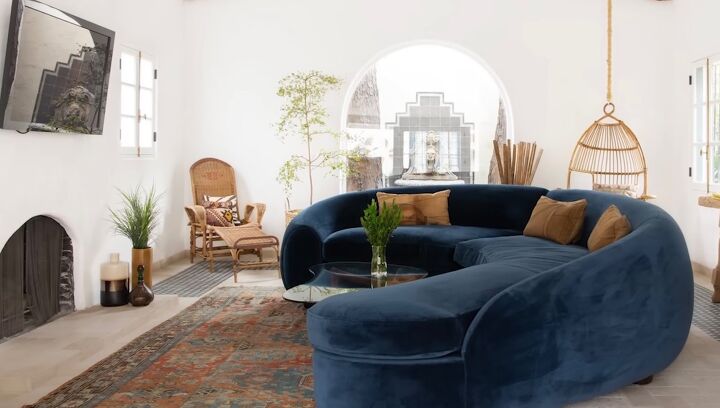










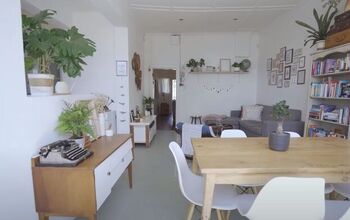
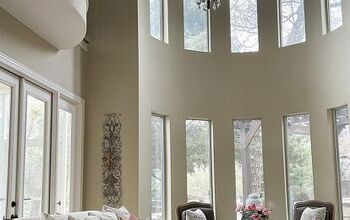


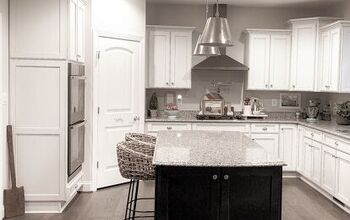



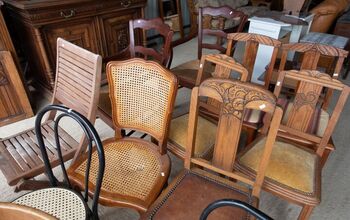





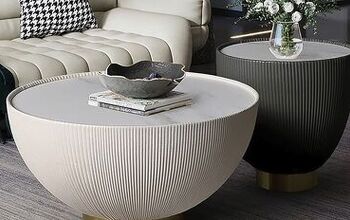

Comments
Join the conversation